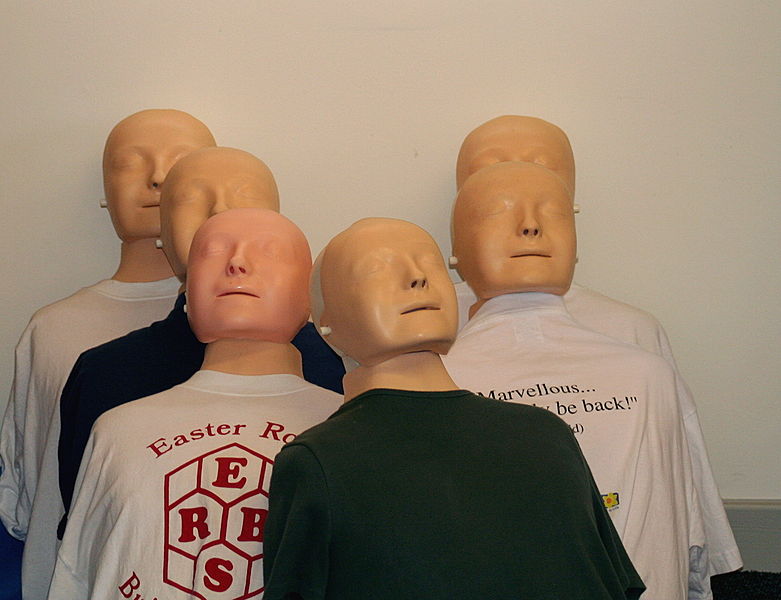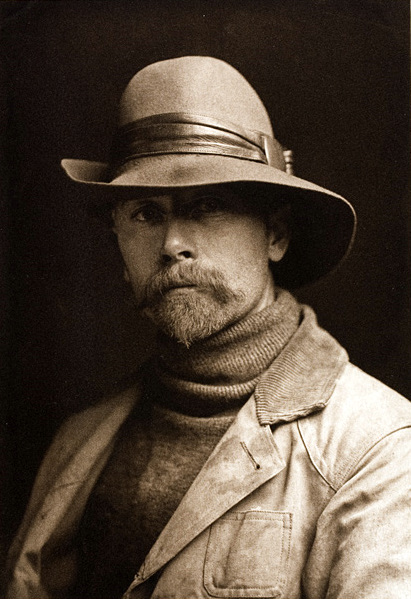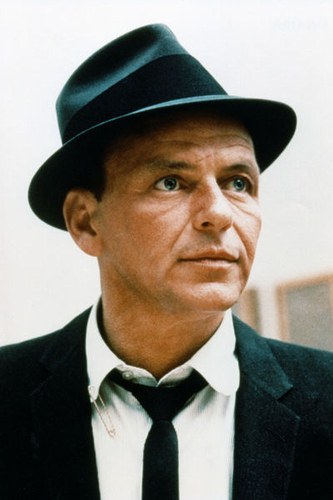I got the flu a number of years ago while reading Gina Kolata’s excellent book about the 1918 influenza pandemic, but I’m not pointing fingers. The opening of “Power in Numbers,” her new New York Times profile of Eric Lander, a brilliant mathematician who made the unlikely career switch to genome-mapping without the benefit of a biology background:
“His Ph.D. is in pure mathematics, in a subfield so esoteric and specialized that even if someone gets a great result, it can be appreciated by only a few dozen people in the entire world. But he left that world behind and, with no formal training, entered another: the world of molecular biology, medicine and genomics.ounding director of the Broad Institute of Harvard and M.I.T., he heads a biology empire and raises money from billionaires. He also teaches freshman biology (a course he never took) at M.I.T., advises President Obama on science and runs a lab.
Eric Lander — as a friend, Prof. David Botstein of Princeton, put it — knows how to spot and seize an opportunity when one arises. And he has another quality, says his high school friend Paul Zeitz: bravery combined with optimism.
‘He was super smart, but so what?’ said Dr. Zeitz, now a mathematics professor at the University of San Francisco. ‘Pure intellectual heft is like someone who can bench-press a thousand pounds. But so what, if you don’t know what to do with it?’
Eric Lander, he added, knew what to do. And he knew how to carry out strong ideas about where progress in medicine will come from — large interdisciplinary teams collaborating rather than single researchers burrowed in their labs.
So how did he end up at the Broad Institute, going from the most solitary of sciences to forging new sorts of collaborations in a field he never formally studied? What sort of person can make that journey?
Dr. Lander’s story can be told as a linear narrative of lucky breaks and perfect opportunities. But he doesn’t subscribe to that sort of magical thinking. To him, biography is something of a confection: ‘You live your life prospectively and tell your story retrospectively, so it looks like everything is converging.'”
••••••••••
Back to the 1918 flu pandemic for a moment: “Grotesque and ugly in their influenza masks, the people of San Francisco celebrate.”



























